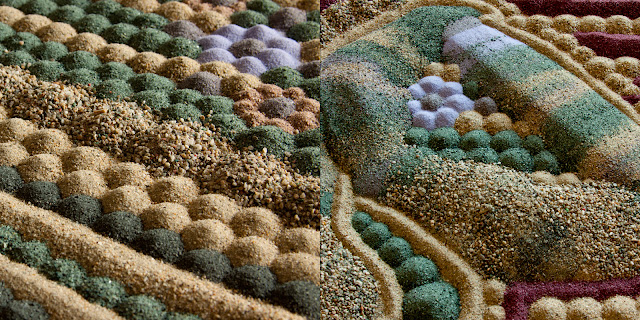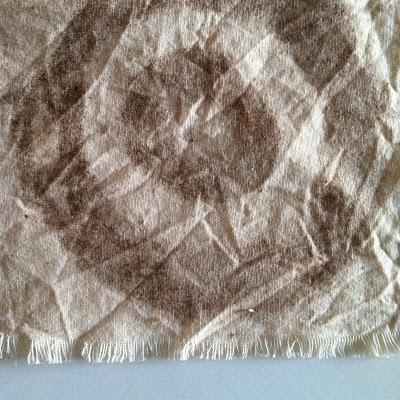 |
| Leaving the topography of the form white draws attention to the interplay between light and shadow. I think shifting the direction of the texture might create some interesting, unexpected patterns. |
So a month ago I was really excited about these object/painting hybrids. A couple of weeks past and I finished the first set of forms and found myself ready to start painting. Then I ran into a problem. I realized that although I brainstormed and sketched the forms, I did not have a clear idea of what the finished, painted work would look like. I knew I wanted to do something with surface texture or pattern, but I wasn't exactly sure what. I was very happy with the forms themselves but once I started working on the underpaintings, not so much anymore.
I think I reached a point where I was overthinking these pieces. Since the concept behind them is rooted in childhood, I figured that I should try to recover a sense of play. I've resolved to work intuitively, which is something I normally reserve for my sculptural work. I immediately started building some new forms so I can try a different approach on each of them, working my way through the problem.
 |
| Started building some new forms to play with. |
 |
| Finished the 3rd form and ready to paint. |
 |
| Covering the first form with beads. |
 |
| I like how the bead's iridescence gives the illusion of cloth. |


















































